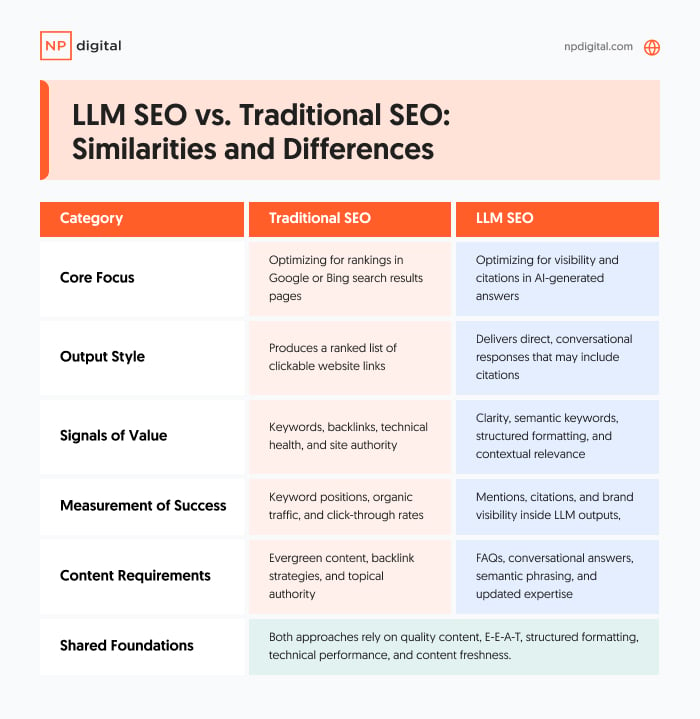What are the rules for travelling to Italy this summer?
Is an Italian escape likely?

Italy has it all when it comes to attracting travellers: dreamy islands, rolling countryside, art and ruins-packed cities and idyllic beach towns. And, of course, exquisite cuisine at every turn.
For a time, it was wary of letting in tourists, requiring proof of vaccination for entry to the country, plus venues once there. However, it’s now joined a number of European nations in scrapping Covid travel restrictions.
Here’s everything you need to know before you go.
Do I need proof of vaccination or a test to visit Italy?
Italy ended all border and entry requirements related to Covid on 1 June - this means that, regardless of vaccination status, you no longer have to show proof of vaccination or a test result when entering the country.
Do I need to fill in a passenger locator form for Italy?
No; the passenger locator form was dropped a month prior to all other travel restrictions being scrapped, on 1 May.
Do I need to wear a mask while on holiday in Italy?
Masks are no longer required on flights in, to or from Italy; however, all passengers entering Italy by ferry, train or coach must wear an FFP2 mask.
Until at least 30 September, the use of FFP2 masks is also compulsory:
It’s still recommended to wear masks in all indoor public spaces. Children aged five and under are exempt from mask wearing.
Has Brexit changed the rules for visiting Italy?
The rule changes that could trip you up on a visit to Italy in 2022 are more likely to be Brexit-related than Covid-related. Since the UK left the European Union, there are new rules regarding length and frequency of visits to countries in the Schengen Area (including Italy), as well as rules around passport stamps and validity.
To visit an EU country post-Brexit, your passport must be:
There is also now a time limit on how long and how often you can visit Italy, visa free. The Foreign Office advises: “You can travel to countries in the Schengen area for up to 90 days in any 180-day period without a visa.
“To stay longer, to work or study, for business or for other reasons, you will need to meet the Italian government’s entry requirements.”
You must also have your passport stamped on arrival and on exit from the country. Make sure this takes place at passport control to avoid any confusion over how long you have been there.
You may also need to show a return or onward ticket to indicate when you are leaving Italy, and could be asked to demonstrate that you have enough money to support yourself for the duration of your stay.

 Troov
Troov 































